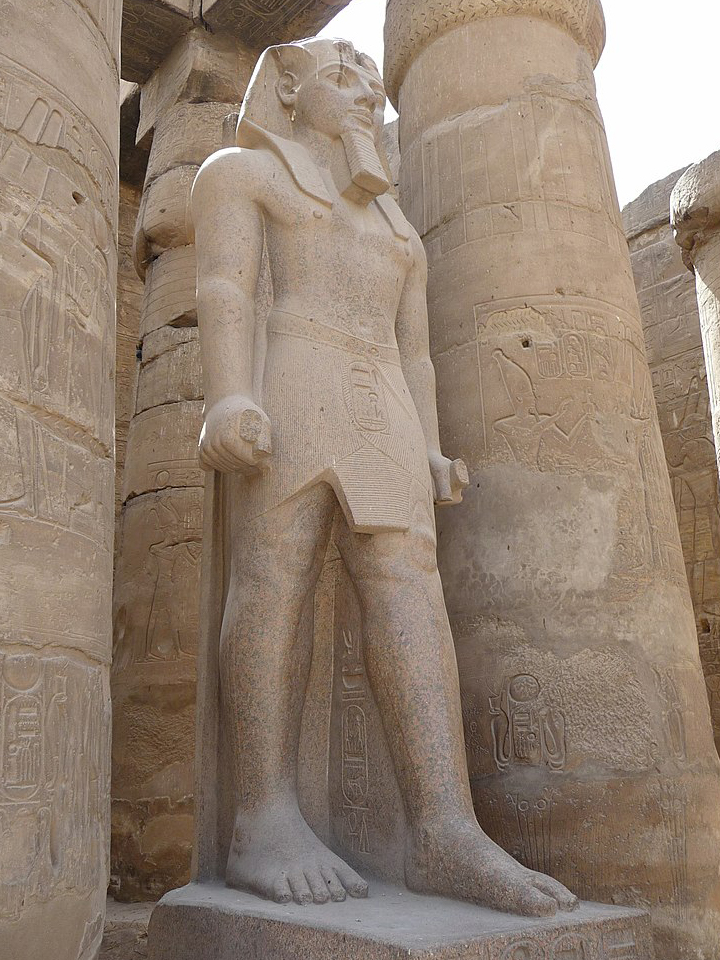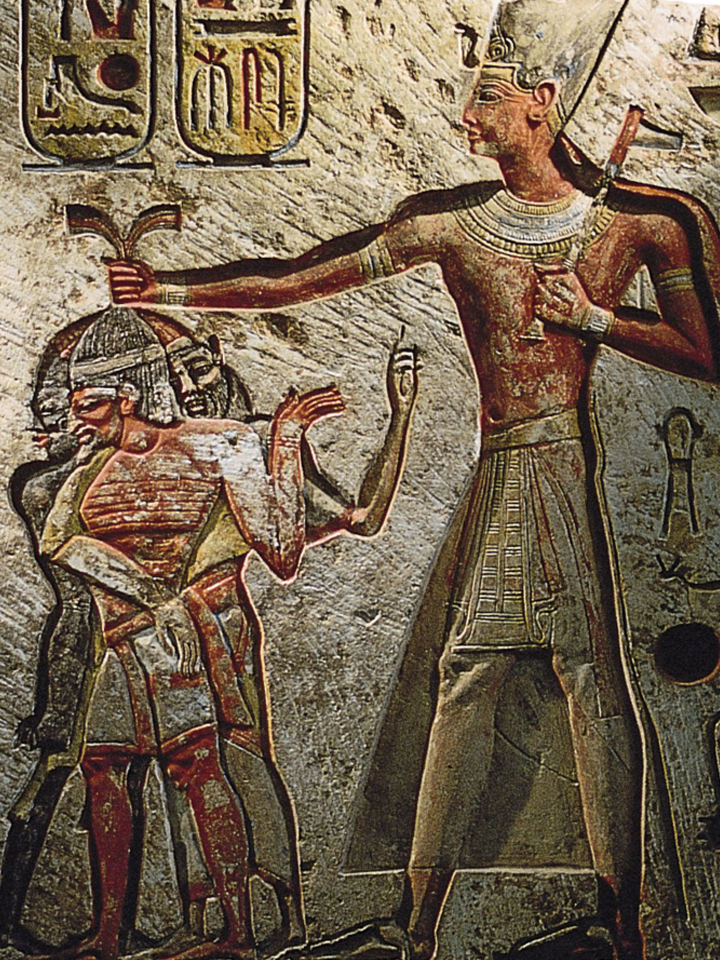Ramses II — c. 1279-1213 BCE


Referred to as Ramses the Great, Ramses II is remembered today as Egypt’s longest-reigning pharaoh, and one of the most prolific.
From a young age, he was active in his father, Seti I’s military campaigns, as well as his efforts to restore the parts of Egypts infrastructure that had been lost during the rule of Amarna. Ramses continued this work into his own reign, rebuilding and reopening temples, wells, quarries, and mines.
He was responsible for the construction of several of Egypt’s most iconic structures, including the Ramesseum at Thebes, and Abu Simbel in Nubia. Over time, he produced so much artwork of himself and his exploits that in her book Temples, Tombs, and Hieroglyphs, Egyptologist Barbara Mertz wrote, “One gets so tired of Ramses; his face, his figure, and/or his name are plastered over half the wall surfaces still standing in Egypt—at least, it seems that way.”
To be fair, Ramses had a lot to talk about. In his efforts to restore and grow Egypt’s borders, Ramses II began a decades-long war with the nearby Hittite people, and was ultimately successful in gaining lands in modern day Lebanon, Palestine, and Syria.
The reign of Ramses the Great lasted 66 years, and in that time he had around eight wives, and anywhere from 90 to 150 children—reports vary. The first of his Great Royal Wives, Nefertari was so beloved by Ramses that he honored her in Abu Simbel, and, upon her death, he constructed a tomb for her that is so elaborate, it has been referred to as the Sistine Chapel of Egypt.

At-A-Glance
- Prolific New Kingdom king, referred to as “The Great”
- Third pharaoh of the 19th Dynasty
- Reign from c. 1279-1213 BCE


